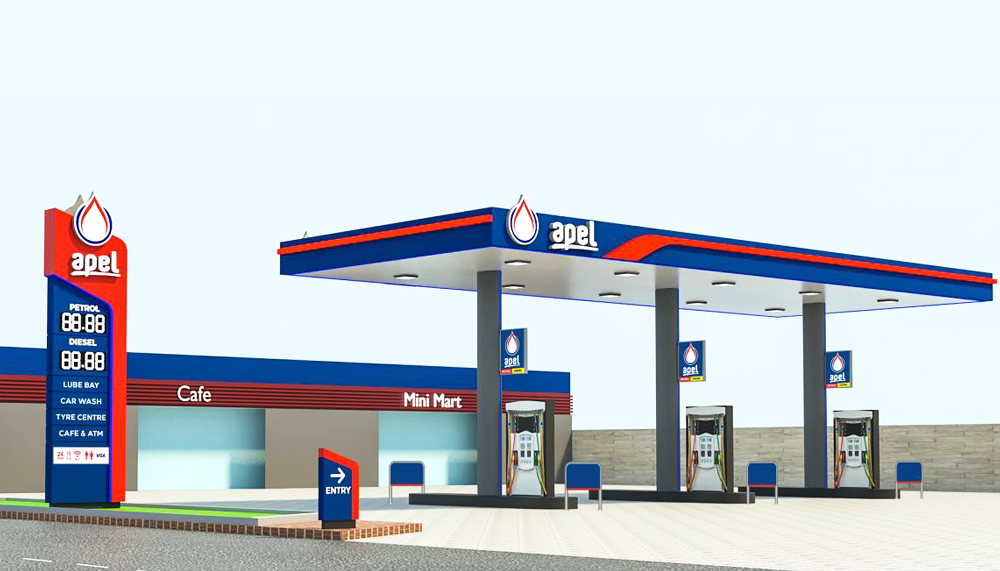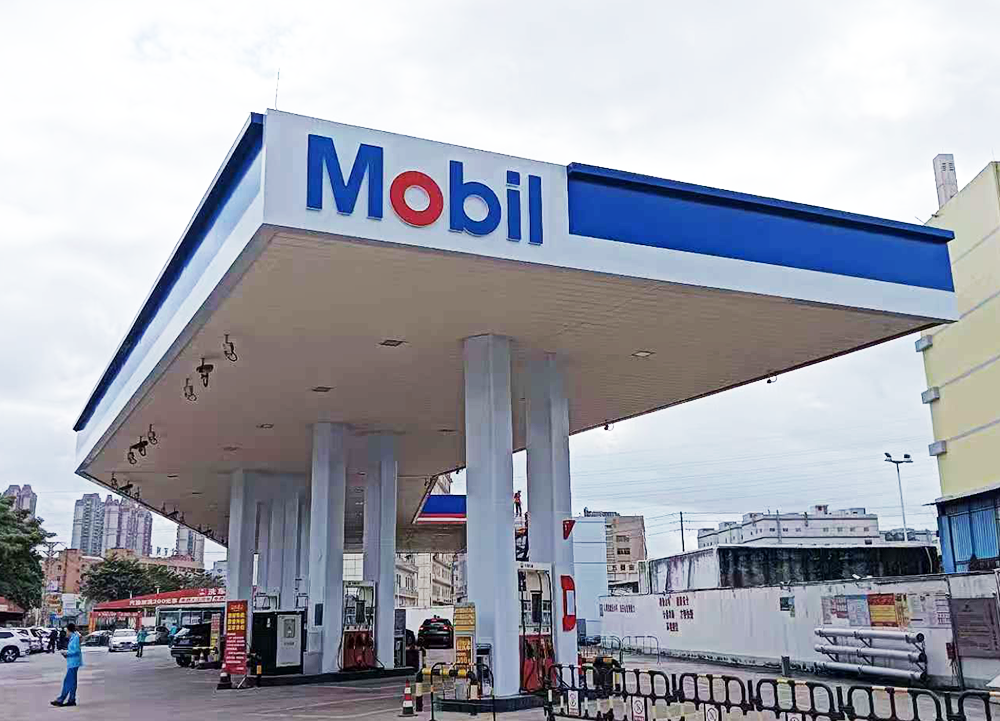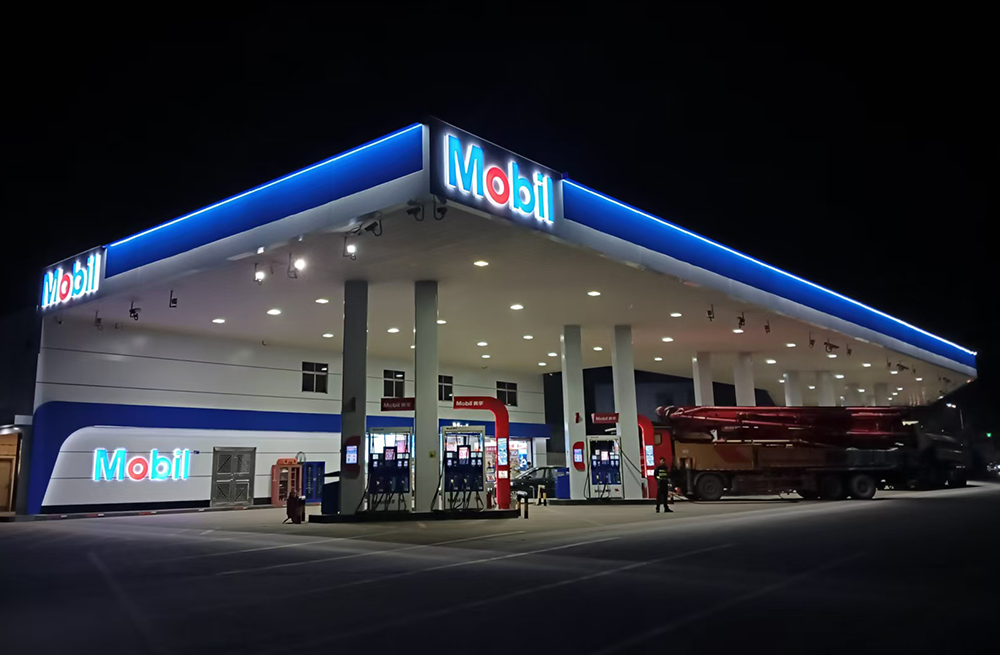gasoline station canopy design
A gasoline station canopy design represents a critical architectural element that combines functionality, safety, and aesthetic appeal in modern fuel station construction. The primary purpose of these structures is to protect customers and equipment from weather elements while providing essential illumination for safe fueling operations. Modern canopy designs incorporate advanced materials like galvanized steel and aluminum composites, offering superior durability and weather resistance. The structural framework typically features integrated LED lighting systems, drainage solutions, and corporate branding elements. These canopies are engineered to withstand various environmental challenges, including heavy snow loads, strong winds, and intense UV exposure. The design process considers factors such as height clearance for larger vehicles, optimal coverage area for fueling positions, and integration with existing station infrastructure. Advanced features often include built-in fire suppression systems, energy-efficient lighting controls, and seamless water management systems. The canopy's design must also comply with local building codes, environmental regulations, and safety standards while maintaining visual appeal and brand consistency.


